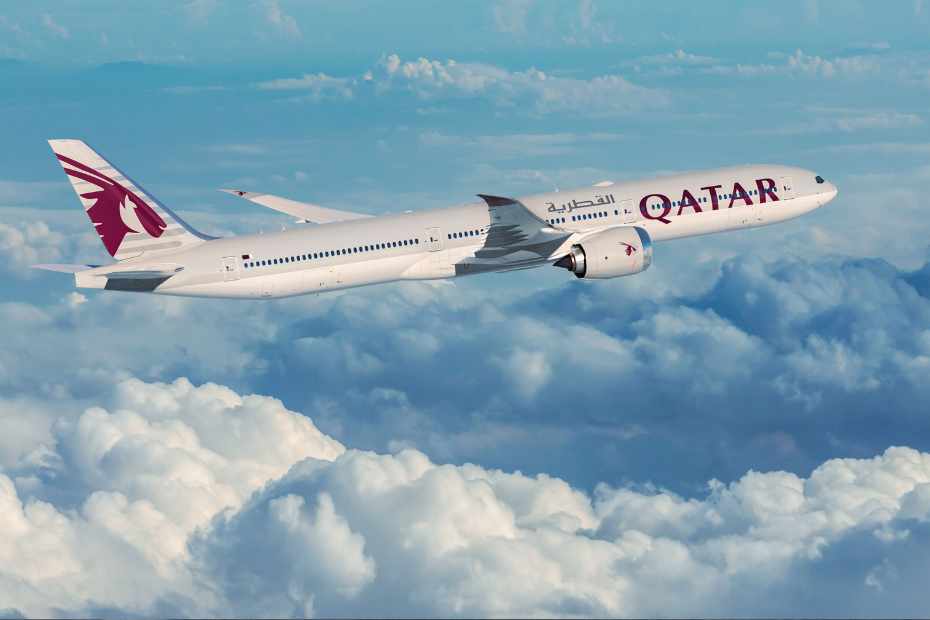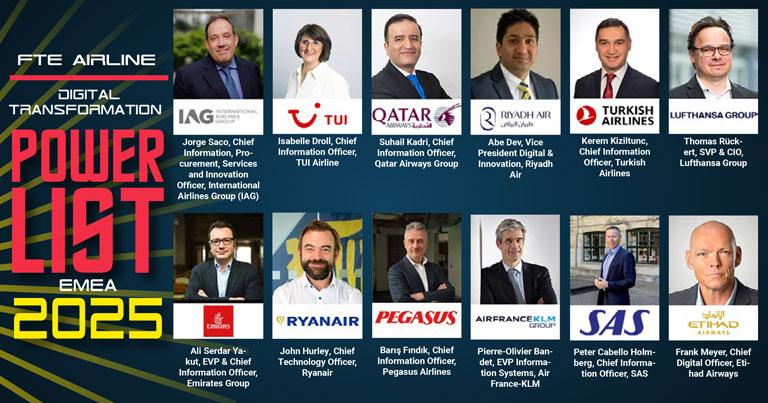China’s Maglev Hyperloop Poised To Redefine Global Travel: Datong’s New Historic Breakthrough – Travel And Tour World

Friday, August 9, 2024
Reading Time: 4 minutes
China has recently made significant strides in the development of its maglev hyperloop project, which is designed to achieve an astonishing top speed of 1,000 kilometers per hour (621 miles per hour). This groundbreaking technology, known as the “high-speed flying train,” has the potential to revolutionize travel not just within China, but across the globe. The project, jointly developed by the Shanxi provincial government and the state-owned China Aerospace Science and Industry Corporation, represents a major leap forward in transportation technology.
Test Run Details and Technological Achievements
In a recent development, China conducted another test run of the maglev hyperloop system, marking the first time the integration of the train’s various systems was thoroughly tested. The test took place in a 2-kilometer tube with a low-vacuum environment located in Datong, within the central province of Shanxi. The project’s developers chose not to disclose the exact speed reached during this trial but confirmed that the results met their expectations. According to the official Science and Technology Daily, the superconducting maglev vehicle successfully demonstrated controlled navigation during the test. It maintained stable suspension and came to a safe stop, with its track closely aligning with the theoretical trajectory.
Several key technologies were rigorously tested, including the large-scale vacuum environment, superconducting navigation control technology, and the coordination of systems within the low-vacuum tube. A representative from the project emphasized that this test significantly enhanced the system’s overall technical maturity, establishing a solid foundation for future testing.
The Vision for Future High-Speed Travel
The engineers involved in this project are optimistic that the maglev trains will eventually “fly on the ground” at speeds comparable to those of airplanes. This ambitious vision is rooted in the desire to dramatically reduce travel times between major Chinese cities, such as Beijing and Shanghai. Currently, the distance between these two cities is over 1,200 kilometers, requiring more than four hours of travel by bullet train. With the successful implementation of maglev hyperloop technology, this travel time could be reduced to just 90 minutes, fundamentally altering the way people travel across China.
Construction and Achievements
Construction of the full-scale test line in Datong, which integrates aerospace and railway technology, began in April 2022 and was completed in November 2023. Shortly after its completion, developers claimed that a hyperloop test had set a new speed record, although the specific speed was not disclosed. They only stated that it had surpassed the previous record of 623 kilometers per hour.
The Impact on the Global Travel Industry
The successful development and implementation of maglev hyperloop technology in China could have far-reaching implications for the global travel industry. This technology has the potential to transform long-distance travel, making it faster, more efficient, and less reliant on traditional air travel. For travelers, this could mean:
- Significantly reduced travel times: Major cities could be connected within a matter of minutes rather than hours, making day trips between distant locations feasible.
- Increased accessibility: Remote and previously hard-to-reach areas could become more accessible, opening up new opportunities for tourism and business.
- Reduced reliance on air travel: With maglev trains offering speeds comparable to airplanes, the demand for short-haul flights could decrease, leading to a reduction in air traffic and its associated environmental impacts.
However, the path to realizing these benefits is fraught with challenges. The dream of hyperloop technology, which first emerged over a century ago, has captivated engineers and investors worldwide. This fascination was reignited when tech billionaire Elon Musk released a white paper in 2013, outlining his vision for hyperloop technology. The concept aimed to overcome two of the biggest challenges in railway transport: friction between the wheels and the track, and air resistance to the train body.
The Technology Behind Maglev Hyperloop
The maglev hyperloop system employs magnetic levitation technology to eliminate friction by using the push and pull of magnets to guide, accelerate, and decelerate the train. Additionally, running the train within a low-vacuum tube helps to reduce air resistance and noise, making for a smoother and quieter ride. The ultimate goal is to create tube-encased lines that can transport passengers and freight between cities at speeds previously only achievable by aircraft.
Despite the excitement surrounding this technology, it still has a long way to go before becoming a reality. While various teams around the world are working to build hyperloops, the road has been challenging. For example, Musk’s company, Hyperloop One, which was at the forefront of developing this system, faced significant setbacks. In 2023, Hyperloop One was shut down after failing to secure a contract to build a working hyperloop, illustrating the difficulties in bringing this futuristic concept to life.
The Road Ahead for Global Travelers
The advancements made by China in maglev hyperloop technology signal a possible new era in global travel. If successfully developed and implemented on a large scale, this technology could reshape how people travel between cities, nations, and continents. The implications for the travel industry are vast, ranging from reduced reliance on traditional forms of transportation to the opening of new travel routes and destinations.
For travelers, the promise of ultra-high-speed trains that can “fly on the ground” offers the tantalizing possibility of quicker, more efficient, and potentially more environmentally friendly travel options. However, it is essential to recognize that while the technology holds great promise, there are still significant hurdles to overcome before it can become a widespread reality.
Related
Turkish Airlines and Qatar Airways Suspend Mogadishu Flights Following US…
Home » Airlines News of Qatar » Turkish Airlines and Qatar Airways Suspend Mogadishu Flights Following US Embassy Terror Alert, Raising Security Concerns at
Local tourism destinations grow fast
Men sit at the Doha Corniche backdropped by high buildings in Doha on March 3, 2025. Photo by KARIM JAAFAR / AFP DOHA: Local tourism destinations are g
Hajj, Umrah service: Qatar Airways introduces off-airport check-in for pilgrims
Image credit: Supplied Qatar Airways has introduced an off-airport check-in
IAG, Qatar Airways, Riyadh Air, Turkish Airlines, Lufthansa & more…
Turkish Airlines – a Corporate Partner of the FTE Digital, Innovation & Startup Hub – is charting a course to rank among the top 3 global airlines for













